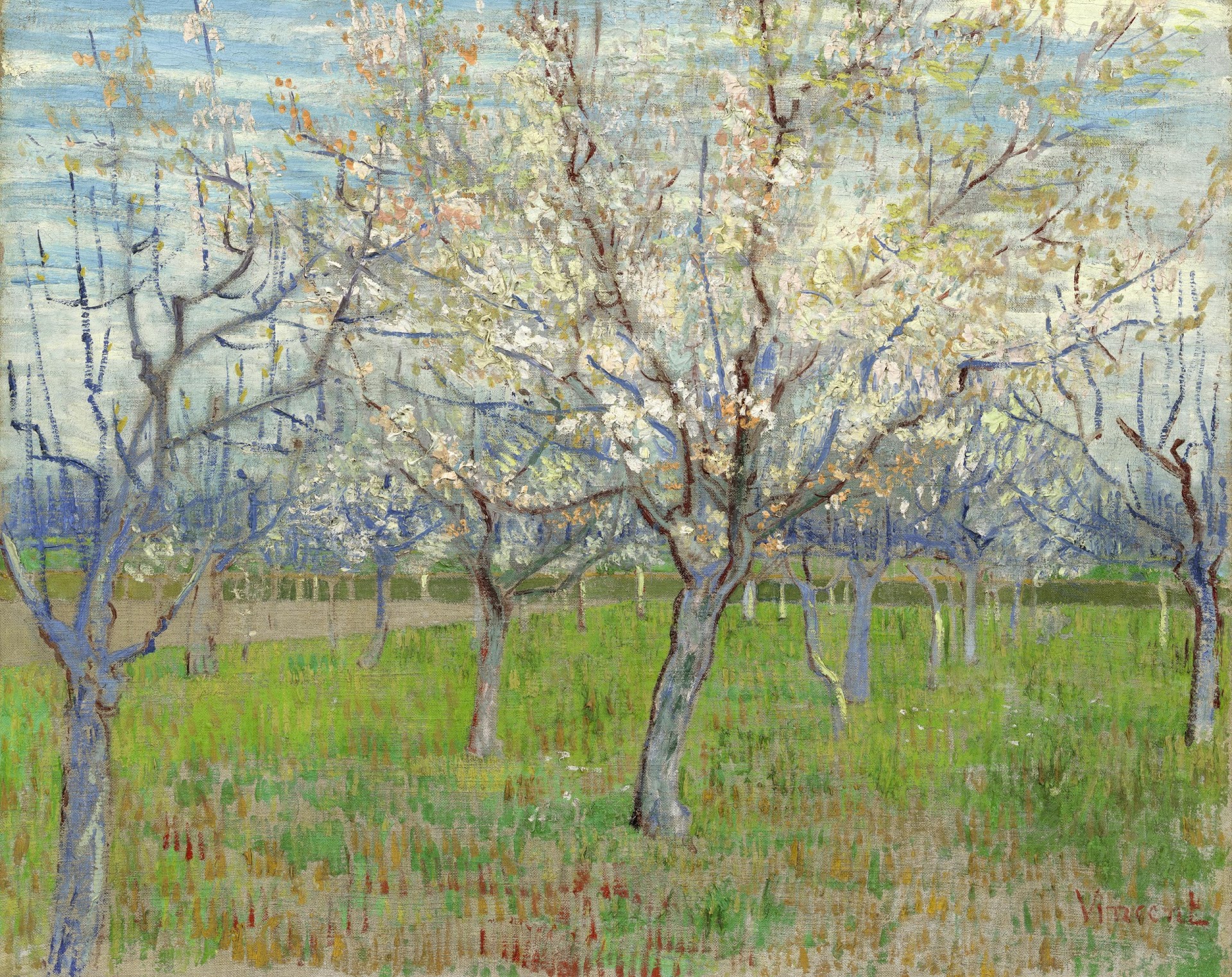Rilke wrote “Letters on Cézanne” to his wife, Clara (she was a sculptor), and perhaps this book couldn’t have been written any other way.
There is so much he doesn’t feel the need to explain, to spell out.
The story unfolds against the backdrop of shared knowledge and mutual understanding. One can intuit the depth of this private connection, and even perceive its beauty, but not penetrate it fully. Just glimpses of it, if one really pays attention.
On October 2, 1907, Rilke describes van Gogh’s blooming trees by saying (in brackets): “as only Jacobsen could do them”.

One might have read Jens Peter Jacobsen, or if not, google and figure out that he was a Danish poet and novelist, and that Rilke loved his work and called him his “tutelary spirit”. But this is not enough, is it?
This information barely touches the surface of shared memories and insights encapsulated in these words, like a barely understandable note in a bottle brought to the shore by the ocean about a century too late.
And there is more to this brief remark: this implicit knowing that doing trees with words and doing them with paints are similar, if not identical, acts. Rilke knows this deep place where there is no difference between painting and poetry, this place from where my “Sonnets in Colour” come. He has been there.
This is why he can feel such affinity with Cézanne, and learn from him. This is why I keep rereading this book.
Just today, I saw an advice on the internet, attributed to a mature writer: he said to a student that one can only learn to write by reading and writing. A mature painter might just as well say that one can only learn to paint by looking and painting.
There is a lot of truth to it, but rereading Rilke still feels like coming home, to a place where one truly belongs, a place of synergy between painting and poetry, where words and colors can play and dance together, quite oblivious to the boundaries imposed by human beings.
I am starting a new program this Sunday, which combines Rilke’s letters with paintings he was looking at and learning from into a sequence of daily e-mails. The intention is to recreate Rilke’s more than century old experience of vision cleansed and transformed by paintings.
Please check it out and sign up if it resonates with you!